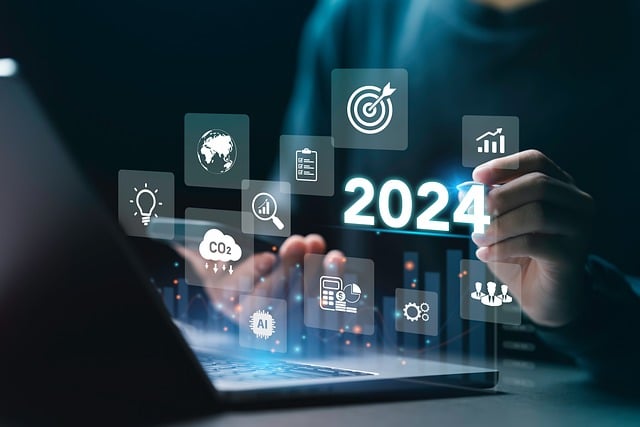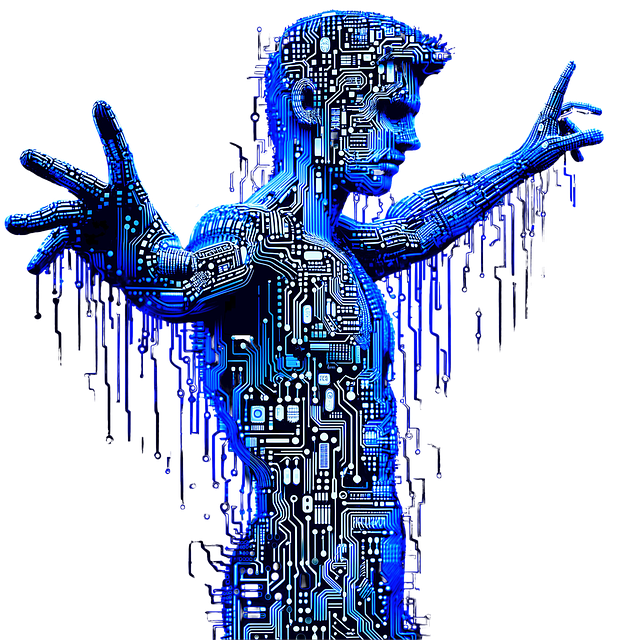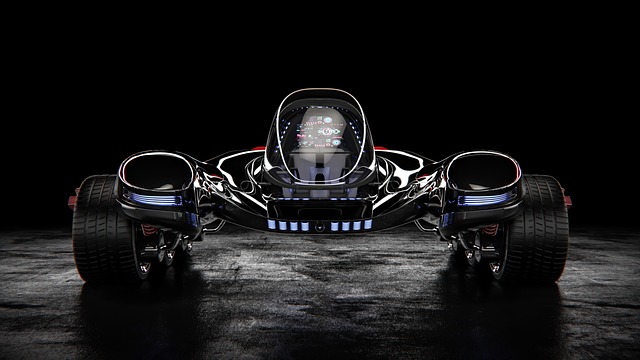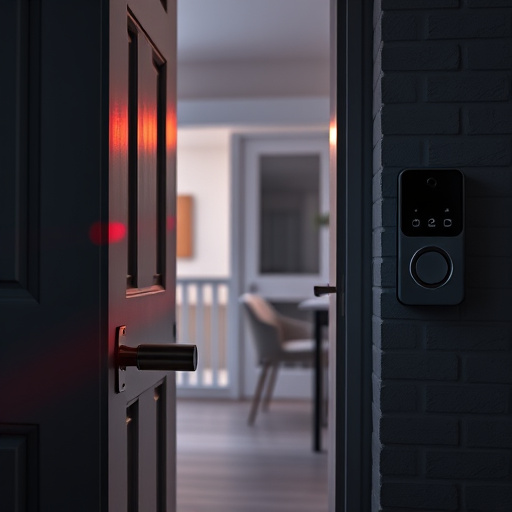Wearable technology is revolutionizing personal safety with smart textiles and advanced sensors, enabling real-time monitoring, fall detection, and emergency response. Emerging safety products utilize AI and machine learning to predict health risks and customize solutions based on individual behaviors. Future trends include enhanced battery life, smaller devices, and more intuitive interfaces, making protection gear an integral part of daily well-being. Continuous technological advancements in materials, sensors, and connectivity are driving innovative personal safety solutions for diverse needs, from cycling to outdoor activities.
The world of personal safety is undergoing a revolution driven by technological advancements. From smartwatches equipped with advanced safety features to AI-powered threat detection systems, innovations in wearable technology are transforming individual security. This article explores emerging safety products tailored for specific risks, highlighting advancements in protective gear and air purifiers. We delve into how technology enhances traditional safety gear through smart fabrics and materials science breakthroughs. Additionally, we gaze into the future, examining trends like AI predictive analytics, IoT connectivity, and biometric authentication to understand the evolving landscape of personal safety innovations and developments.
- Advancements in Wearable Technology for Personal Safety
- – Smartwatches and fitness trackers with enhanced safety features
- – Integrating AI for real-time threat detection and alerts
- Emerging Safety Products Targeting Specific Risks
Advancements in Wearable Technology for Personal Safety

The future of personal safety is being reshaped by wearable technology innovations. From smart textiles to advanced sensors, emerging safety products are becoming more sophisticated and integrated into our daily lives. These technologies offer a new level of protection, providing real-time data and alerts to potential dangers. For instance, wearables can detect falls, monitor vital signs, and even predict potential health risks, ensuring individuals receive prompt assistance when needed.
As the demand for personal safety innovations grows, so does the focus on enhancing these technologies. Researchers are exploring ways to improve battery life, reduce size, and increase functionality, making them more accessible and user-friendly. The integration of artificial intelligence and machine learning algorithms further enables these devices to learn individual behaviors, adapt to their needs, and offer tailored safety solutions. These developments signal a promising future where protection gear becomes an essential part of our well-being, offering peace of mind in an ever-changing world.
– Smartwatches and fitness trackers with enhanced safety features

In the realm of personal safety innovations, smartwatches and fitness trackers have emerged as powerful tools with enhanced safety features. These wearable devices are transforming the way individuals stay connected and protected in their daily lives. With advanced technology, they offer more than just tracking steps and heart rates; they can now detect falls, send emergency alerts, and even provide real-time location updates to loved ones. This integration of safety into everyday tech is a significant trend shaping the future of protection gear.
Emerging safety products are leveraging sophisticated algorithms and sensors to predict and respond to potential hazards. As personal safety developments continue to evolve, these devices are becoming increasingly intuitive, learning individual behaviors, and providing tailored assistance when needed. The fusion of fitness tracking with safety product technology promises a safer future for individuals worldwide, ensuring peace of mind in an ever-changing world.
– Integrating AI for real-time threat detection and alerts

The integration of Artificial Intelligence (AI) is revolutionizing personal safety products, marking a significant trend in the future of protection gear. AI-driven systems can analyze vast amounts of data in real-time, detecting potential threats and providing instant alerts to users. This technology enhances individual safety by allowing people to stay proactive rather than reactive. For instance, AI algorithms can identify unusual patterns or behaviors, such as suspicious activities in crowded areas, and alert wearers of possible risks, enabling them to take necessary precautions.
This emerging safety product technology promises to transform personal safety innovations, making them more accessible and effective. As the world embraces digital advancements, AI integration in protective gear will likely lead to improved safety standards, especially in public spaces. With continuous developments in AI, future safety trends indicate a smarter and more responsive approach to safeguarding individuals, ensuring peace of mind in an ever-changing environment.
Emerging Safety Products Targeting Specific Risks

The landscape of personal safety is evolving rapidly, driven by technological advancements and a growing awareness of specific risks in our modern world. Emerging safety products are targeting niche areas that were previously underserved, reflecting a shift towards more tailored and intelligent protection gear. For instance, wearable technology is integrating sensors and communication modules into clothing and accessories, enabling real-time monitoring of vital signs and automatic alerts in case of emergencies. These future safety trends not only enhance personal safety but also provide peace of mind for individuals and their loved ones.
Personal safety innovations are also extending to specialized protection gear designed for specific activities or environments. From smart helmets with impact detection and automated collision notification systems for cyclists, to advanced reflective clothing and GPS tracking devices for hikers and outdoor enthusiasts, these emerging safety products leverage cutting-edge technology to offer unparalleled levels of protection. The future of protection gear looks bright, with continuous developments in materials science, sensor technology, and connectivity promising even more innovative solutions on the horizon.






